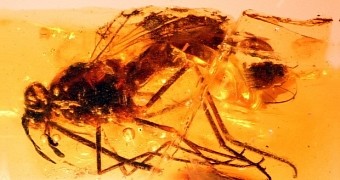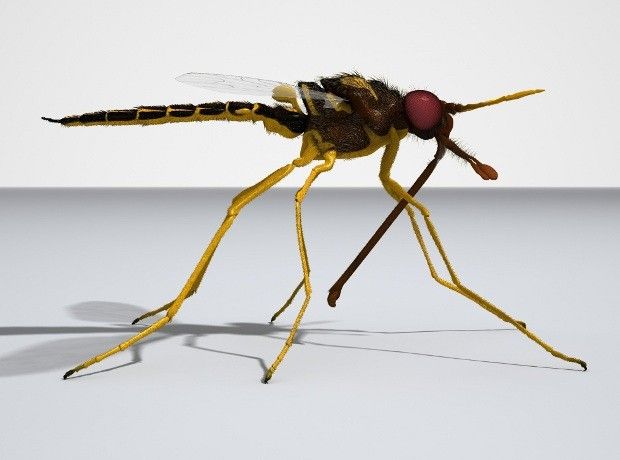A recent study in the journal Current Biology announces the discovery of several ancient flies trapped in amber in a cave in Spain's Cantabria region.
The flies belong to two distinct species previously undocumented by science, researchers explain. Apparently, they were busy buzzing around our good old planet about 105 million years ago.
Despite having been dead for ages, the insects are almost perfectly preserved. Thus, their proboscis and their limbs are pretty much intact.
Interestingly, the team who found these flies trapped in amber in Spain's El Soplao cave say that, in ancient times, the insects helped pollinate plants. They were the bees of the Cretaceous, if you will.
“In the Cretaceous - about 105 million years ago - bees and butterflies did not exist,” the University of Barcelona scientists write in a report detailing their work.
“The specimens fed on nectar and pollinated gymnosperm plants 105 million years ago,” they go on to explain how the recently discovered flies shaped biodiversity eons ago.
In fact, it appears that one of the flies still has hundreds of pollen grains from a long extinct plant species on its body. This confirms that, it ancient times, it was such insects that pollinated plants.
Having closely analyzed the flies’ anatomy, specialists included them in the family Zhangsolvidae, previously shown to have gone extinct before the era of the dinosaurs.

 14 DAY TRIAL //
14 DAY TRIAL // 

